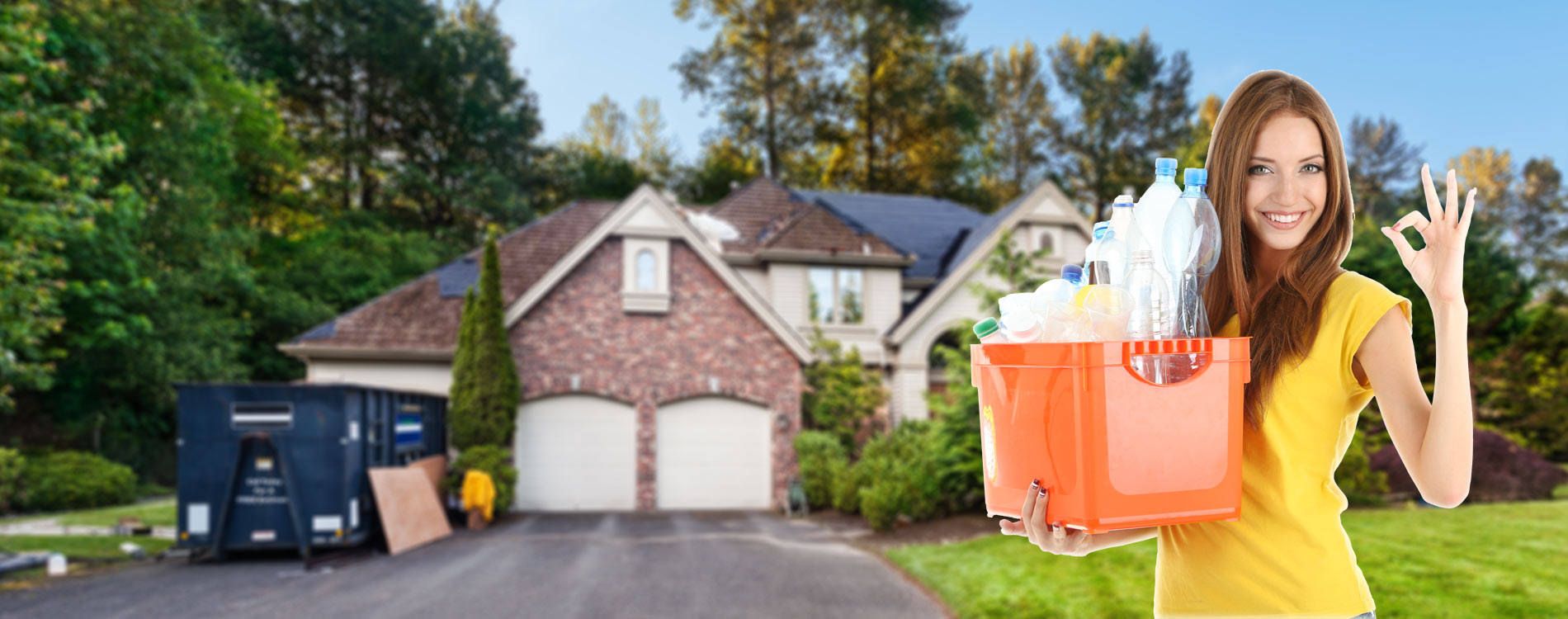Sustainable Family Living: Waste Reduction
Posted on 03/02/2025
In today's rapidly changing world, sustainable living has become more crucial than ever. Families around the globe are increasingly recognizing the importance of reducing waste to preserve the environment for future generations. Sustainable living involves making choices that minimize our environmental impact while promoting health and well-being. One of the fundamental pillars of sustainable living is waste reduction.
The Importance of Waste Reduction
Reducing waste is essential for several reasons. Firstly, it helps to decrease the burden on landfills, which are rapidly filling up. Secondly, reducing waste minimizes pollution, especially plastic pollution, which severely impacts marine and wildlife ecosystems. Thirdly, waste reduction conserves natural resources, such as water, minerals, and fossil fuels, which are finite and increasingly scarce.
By adopting waste reduction practices, families can contribute to a healthier planet and a more sustainable future.

Understanding Waste Streams
Before diving into specific strategies for waste reduction, it's essential to understand the different types of waste streams generated in households:
Organic Waste
Organic waste includes food scraps, yard clippings, and other biodegradable materials. This type of waste decomposes naturally but can produce harmful greenhouse gases like methane if not managed properly.
Recyclable Waste
This category encompasses items made from paper, cardboard, glass, metal, and certain plastics. Proper recycling can significantly reduce the amount of waste sent to landfills.
Non-recyclable Waste
Non-recyclable waste comprises materials that cannot be recycled, such as certain plastics, textiles, and hazardous waste.
Electronic Waste (E-Waste)
E-waste includes discarded electronic devices like old phones, computers, and appliances. E-waste contains toxic substances that can harm the environment if not disposed of correctly.
Practical Strategies for Reducing Waste
Reducing waste requires a multifaceted approach. Families can implement several practical strategies to minimize their waste production.
1. Embrace the 5 Rs: Refuse, Reduce, Reuse, Repurpose, Recycle
The 5 Rs offer a holistic framework for waste reduction:
- Refuse: Say no to products with excessive packaging or single-use items.
- Reduce: Buy only what you need, and opt for products with minimal packaging.
- Reuse: Choose reusable items over disposable ones (e.g., cloth bags, stainless steel bottles).
- Repurpose: Find new uses for items that might otherwise be discarded.
- Recycle: Properly sort and recycle materials that can be recycled.
2. Composting Organic Waste
Composting is an effective way to manage organic waste. By composting food scraps and yard clippings, families can create nutrient-rich soil for gardens and reduce the amount of waste sent to landfills. Various composting methods, such as traditional compost bins, vermicomposting (using worms), and bokashi composting, cater to different household needs.
3. Reducing Food Waste
Food waste is a significant contributor to household waste. Families can adopt several practices to reduce food waste:
- Plan Meals: Create meal plans and shopping lists to avoid buying excess food.
- Store Food Properly: Use airtight containers and store food in appropriate conditions to extend its shelf life.
- Use Leftovers: Incorporate leftovers into new meals to minimize waste.
- Donate Excess Food: Donate unused, non-perishable food to local food banks or shelters.
4. Recycling and Upcycling
Proper recycling is critical for reducing waste. Familiarize your family with local recycling guidelines and ensure that recyclable materials are cleaned and sorted correctly. Additionally, upcycling involves creatively transforming old or unused items into new, useful products. For example, turning old clothes into cleaning rags or using glass jars for storage.
Minimizing Non-Recyclable Waste
While reducing and recycling are crucial, families should also focus on minimizing non-recyclable waste. This can be achieved by:
1. Avoiding Single-Use Plastics
Single-use plastics, such as plastic bags, straws, and cutlery, are major contributors to non-recyclable waste. Opt for alternatives like cloth bags, reusable straws, and metal cutlery.
2. Choosing Sustainable Products
Whenever possible, purchase products made from sustainable and biodegradable materials. Items such as bamboo toothbrushes, beeswax wraps, and biodegradable cleaning products are excellent alternatives to their plastic counterparts.
3. Supporting Zero-Waste Stores
Zero-waste stores offer products with minimal or no packaging. By shopping at these stores, families can significantly reduce the amount of packaging waste generated.
Proper Disposal of E-Waste
Electronic waste contains hazardous materials that can harm the environment if not disposed of correctly. To reduce e-waste:
- Repair and Upgrade: Instead of discarding faulty electronics, consider repairing or upgrading them.
- Donate or Sell: Donate or sell working electronic devices that are no longer needed.
- Use E-Waste Recycling Programs: Find local e-waste recycling programs that safely dispose of electronic devices.
Engaging Children in Waste Reduction
Involving children in waste reduction activities is crucial for fostering environmentally conscious habits. Here are some ways to engage children:
1. Educational Activities
Introduce children to waste reduction through fun and educational activities, such as nature walks, recycling games, and DIY upcycling projects.
2. Responsibility Roles
Assign age-appropriate waste reduction responsibilities to children, such as sorting recyclables or helping with composting.
3. Lead by Example
Children learn by observing their parents' actions. Demonstrate waste reduction practices through your behavior and involve them in decision-making.

Community Involvement and Advocacy
Individual efforts towards waste reduction can be amplified through community involvement and advocacy:
1. Participate in Local Initiatives
Join local clean-up drives, recycling programs, and community gardens to contribute to collective waste reduction efforts.
2. Advocate for Policy Changes
Support policies and regulations that promote waste reduction at the local, state, and national levels. Engage with policymakers and community leaders to drive change.
Conclusion: Embracing a Sustainable Future
Sustainable family living through waste reduction is not only beneficial for the environment but also promotes healthier, more mindful living. By understanding waste streams, adopting practical strategies, minimizing non-recyclable waste, properly disposing of e-waste, engaging children, and advocating for community-wide initiatives, families can make a significant positive impact.
As more families embrace these principles, the collective effort can lead to a more sustainable future, where resources are conserved, ecosystems are protected, and future generations can thrive. Waste reduction is a journey that requires commitment, creativity, and collaboration, but the rewards are well worth the effort.


 020 8610 9486
020 8610 9486












